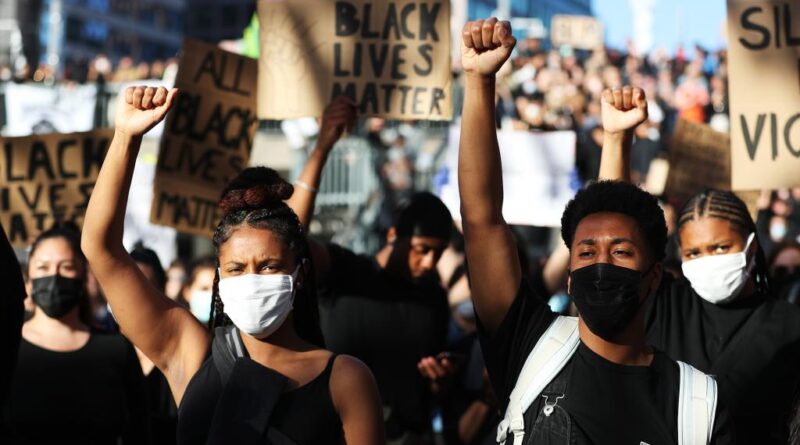Minneapolis remains scarred four years after George Floyd’s death

Saturday marks the fourth anniversary of the death of George Floyd on a Minneapolis street.
The years in between haven’t been kind to the city, thanks in large part to the anti-police policies his death sparked.
But there’s hope.
Floyd’s death on May 25, 2020, triggered four days of rioting centered on Lake Street, a commercial thoroughfare two miles south of downtown.
The western end of the street is, or was, the heart of Uptown, an entertainment and dining district. It becomes more urban as it stretches to the east.
Violent riots devastated a several-mile-long stretch of Lake Street in the immediate aftermath of Floyd’s death — and today, four years later, not much has changed.
George Floyd Square, a memorial to the deceased, still stands. While some buildings have been replaced or restored, others have been razed, leaving a series of vacant lots.
During the riots, civic authorities ordered the Minneapolis Police Department to abandon its Third Precinct station house to the protesters, who looted it and burned it down.
Today the burned-out husk of the station still stands, surrounded by a fence on which a sign vaguely proclaims that cleanup of the site will begin in 2024. It hasn’t started yet.
Lake Street is now lined by a succession of tents — a series of homeless encampments.
Just last week, the encampments saw two shootings, one fatal.
Four years ago, there were no such homeless zones on Lake Street or elsewhere in Minneapolis.
Since 2020, one business after another has quietly abandoned the western end of Lake Street.
Uptown, as an entertainment destination, has more or less ceased to exist.
Crime spiked throughout Minneapolis beginning with the riots.
While violent crime has declined somewhat since 2021, it remains elevated far above pre-George Floyd levels.
This is due largely to the fact that the Minneapolis Police Department remains badly understaffed.
Lack of public support, a “defund the police” movement and attacks from Minneapolis’ City Council have made it hard to recruit officers.
The city’s schools are also in decline.
Enrollment has dropped as families have fled the city, and the Minneapolis school district is on the edge of bankruptcy.
Economically, too, Minneapolis has been slow to rebound from the riots of 2020.
Looting and arson were not confined to Lake Street.
Downtown businesses were also attacked; the downtown Target store was looted, and most of that company’s employees have not returned.
Today, downtown Minneapolis remains a shadow of its former self.
The University of Toronto has gauged the post-2020 recoveries of 66 North American downtowns by measuring cell phone traffic and comparing it with the same time period in pre-COVID 2019.
This is a simple means of quantifying activity, and thus a return to social and economic health.
As of October 2023, Minneapolis’s downtown had recovered only 56% of its 2019 traffic, ranking 64th of the 66 cities in the study.
Currently, the office vacancy rate in downtown Minneapolis stands at 27%.
But that measures only the office space on which no rent is being paid.
The true vacancy rate — office space that is not actually being used — may be double that number.
So Minneapolis’s recovery from the fiery debacle of 2020 has been slow and halting.
Is there hope for the future?
Perhaps.
In 2020, Hennepin County, which includes Minneapolis, elected a pro-crime county attorney who promised to be tough on law enforcement.
She has been true to that platform.
In July 2023, State Trooper Ryan Londregan fatally shot a wanted criminal in circumstances that plainly constituted self-defense.
Nevertheless, the county attorney indicted Londregan for second degree murder, the same charge on which Derek Chauvin was convicted in the Floyd case.
But this time, public reaction has been very different.
Londregan and law enforcement generally has received a massive outpouring of public support, and he is receiving an aggressive and effective defense.
Perhaps, as the Floyd case began the downward spiral, a successful Londregan defense might signal a shift back to attitudes and policies that will once again make Minneapolis a desirable place to live.
I hope so.
When I moved to Minneapolis out of law school in 1974, the city was a magnet, attracting young people from across the country on account of easy commutes, low crime, pleasant neighborhoods, cultural amenities and relatively good schools.
Now, the city is shrinking in a painful decline.
John Hinderaker is president of the Center of the American Experiment.



